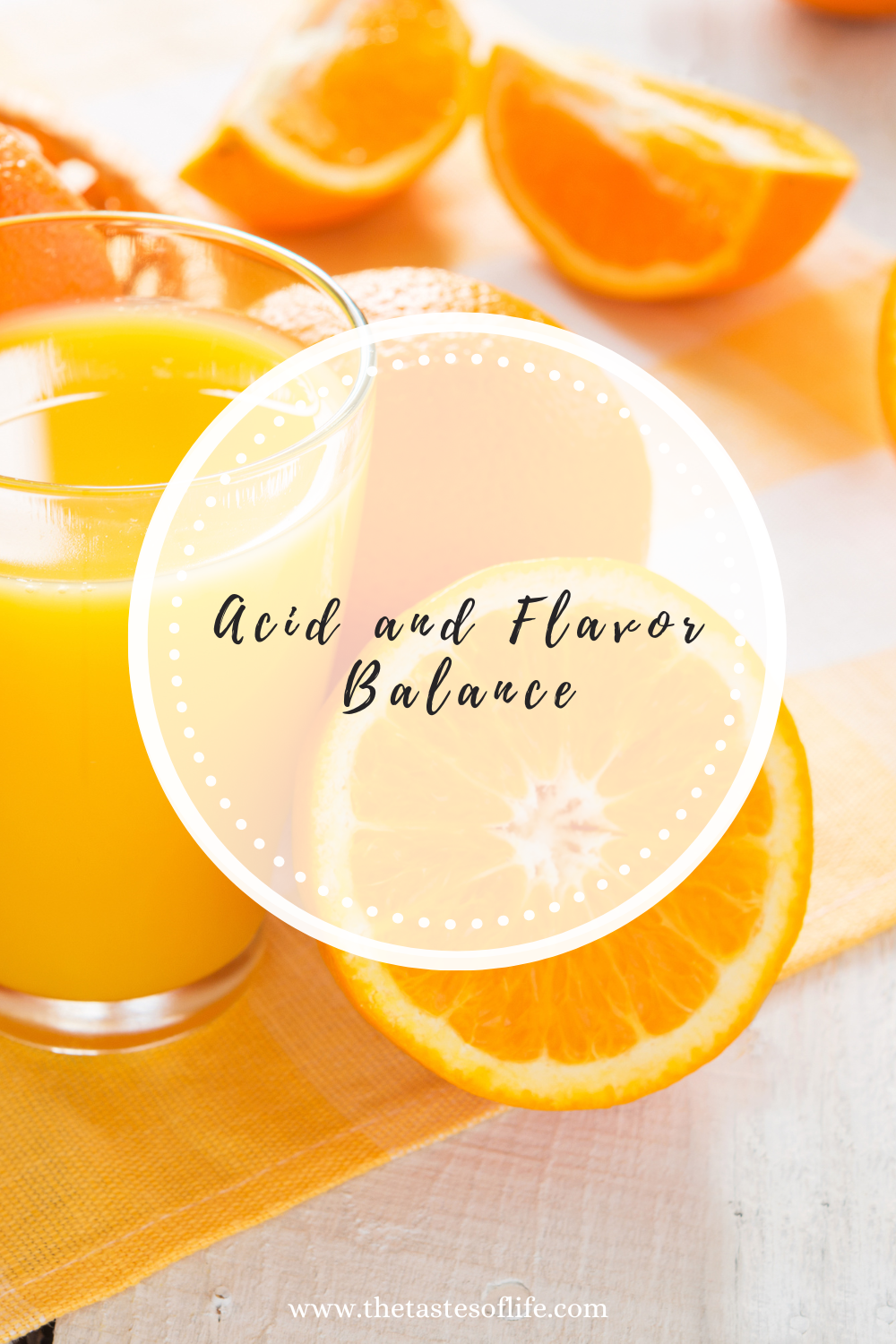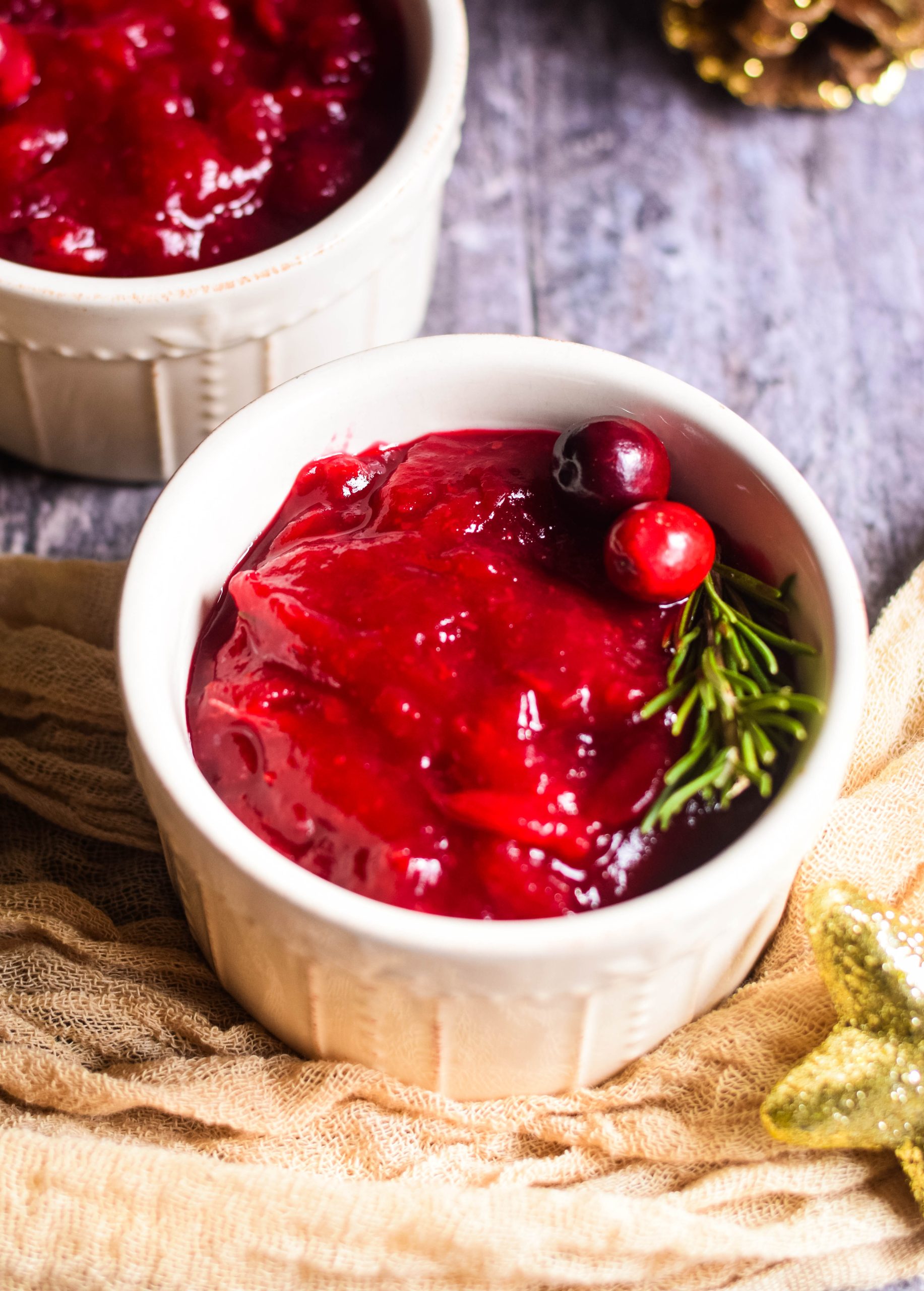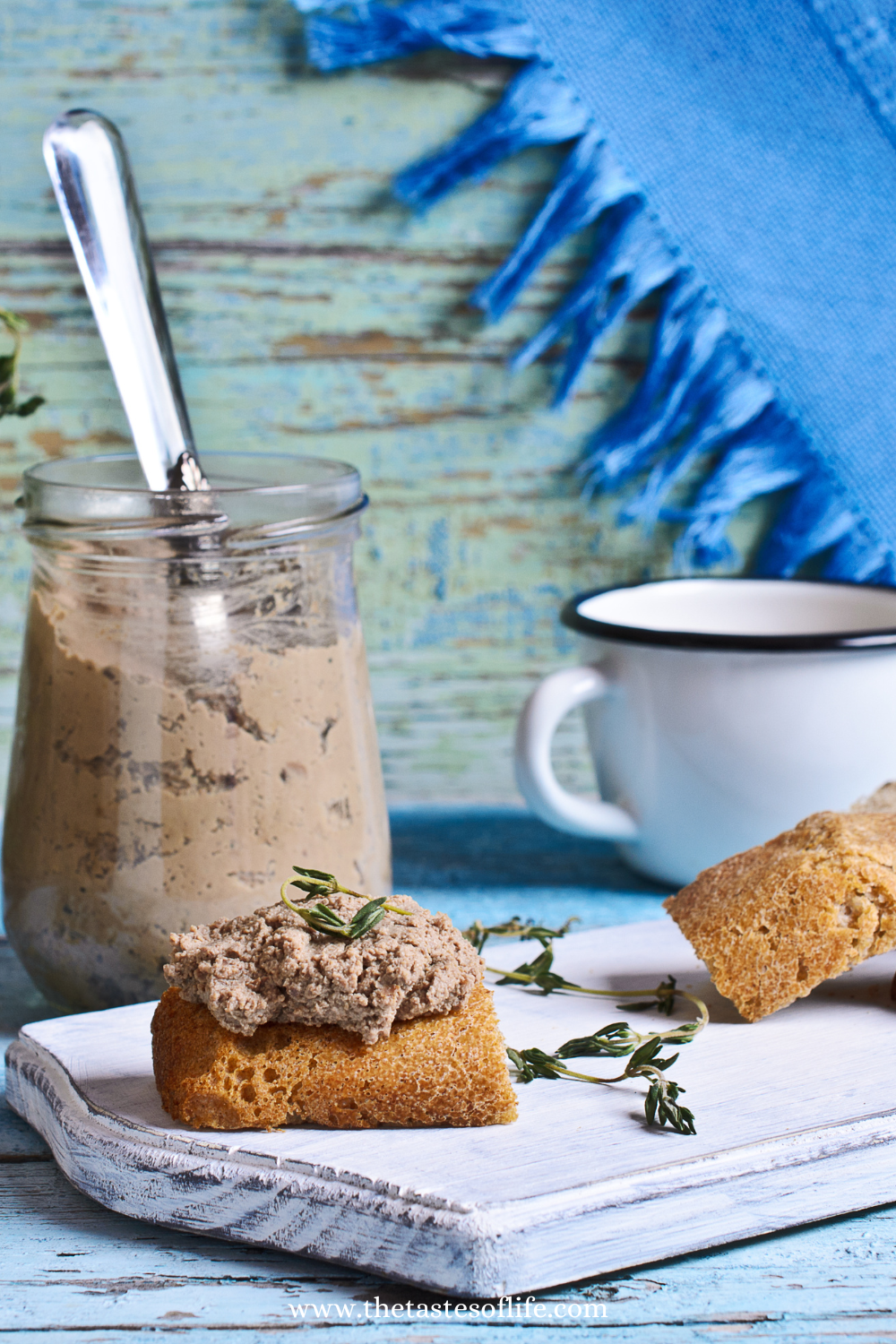Simple Ways to Detox Your Home This Spring
Discover simple ways to detox your home this spring and the benefits of home detox. Learn about alternative solutions and why reducing chemical exposure and environmental impact is essential for your home.”

Detox Your Home This Spring
Ah, spring is the season of renewal and rejuvenation! As the earth awakens from its winter slumber, there’s a palpable sense of anticipation and excitement in the air. For me, spring is not just a change in the weather; it’s a celebration of life bursting forth in all its colorful glory. Bringing the new and brighter to our lives, including to our homes, such as the spring cleaning we all heard about!
Spring cleaning has long been a cherished tradition in many cultures, and for good reason. After months of huddling indoors to escape the cold, our homes can accumulate dust, clutter, and stagnant energy. Spring cleaning allows us to shake off the literal and metaphorical cobwebs and create a fresh, welcoming space for the season ahead. I don’t know about you, but I literally get the spring fever for spring cleaning! I can’t wait to clean and air my house after winter.
But spring cleaning is more than just a chore; it’s a ritual of purification and renewal. By clearing out the clutter, scrubbing away the grime, and letting in the fresh air and sunlight, we create a healthier living environment and symbolically sweep away the old and make way for the new.
Spring cleaning offers a sense of control and empowerment in a chaotic and uncertain world. It’s a tangible way to invest in our well-being and create a sanctuary of peace and tranquility amidst the hustle and bustle of daily life.
So as the flowers bloom and the birdsong fills the air, I find myself drawn to the simple yet profound act of spring cleaning. It’s a reminder that even amid life’s storms, there is always the promise of renewal and the opportunity to start anew. And for that, I am endlessly grateful.
Our homes also accumulate pollutants and negative energies over time. Detoxifying your house can promote better health, enhance your mood, and create a harmonious environment for you and your loved ones. In this article you will learn how to detox your home during the spring.

How To Detoxify Your Home
Here are ideas on how to detox your home during spring:
Tackle the Dust-Assess the Air Quality:
- Dust accumulates unseen but is composed of various harmful substances, including chemicals from household products, fibers, pollen, and more.
- Reduce dust by leaving shoes at the door, vacuuming regularly with a HEPA filter-equipped vacuum cleaner, using wet mops and microfiber cloths for cleaning, and employing air purifier with HEPA filters.
- Invest in an air quality monitor to measure indoor air pollutants such as dust, pet dander, allergens, and volatile organic compounds (VOCs).
- Improve ventilation by opening windows regularly to allow fresh air circulation.
- Install air purifiers equipped with HEPA filters to capture and eliminate airborne contaminants.
- Open windows for an airflow.
- Incorporate indoor plants like peace lilies, spider, and snake plants, known for their air-purifying properties. (Make sure that the plants you get are nontoxic for pets if you have one!)
Declutter Mindfully:
- Begin the detox process by decluttering each room systematically.
- Sort items into categories: keep, donate, recycle, or discard.
- Dispose of unnecessary items responsibly, recycling where possible to reduce environmental impact.
- Organize remaining belongings neatly to create a serene and clutter-free environment.
Adopt Natural Cleaning Products, Laundry Detergent and Beauty Products:
- Swap out chemical-laden cleaning products for eco-friendly alternatives, as conventional cleaning products contain harsh chemicals.
- Utilize ingredients like vinegar, baking soda, lemon, and essential oils to create homemade cleaning solutions.
- Opt for biodegradable and nontoxic cleaning supplies to minimize exposure to harmful chemicals.

Avoid Undisclosed Synthetic Fragrances:
- Many cleaning and personal care products contain a mixture of chemicals labeled as “fragrance.” These artificial fragrances can cause allergic reactions, disrupt hormones, and even lead to cancer.
- Avoid ” fragrance ” products by studying labels and exploring alternatives listed in resources like EWG’s Skin Deep® database and Guide to Healthy Cleaning.
- Avoid air fresheners as they contain many toxic chemicals, may cause respiratory problems, and are endocrine disruptors.
- Use an essential oil diffuser instead.
Banish ‘Forever Chemicals’ (PFAS):
- PFAS (Per- and Polyfluoroalkyl Substances) are ubiquitous and challenging to avoid, often found in stain-resistant or water-resistant products.
- Shop smart by avoiding products labeled as stain-resistant or water-resistant and opt for alternatives like cast iron cookware or PFAS-free textiles.
Purify Water Sources:
- Install water filters on taps and showers to remove impurities like chlorine, heavy metals, and sediment.
- Consider investing in a whole-house water filtration system for comprehensive purification.
- Stay hydrated with clean, filtered water, which is essential for overall health and well-being.
Create a Zen Space:
- Designate a tranquil area in your home for relaxation and meditation.
- Incorporate elements of nature, such as indoor plants, natural light, and soothing sounds like flowing water or soft music.
- Minimize electronic devices and create a technology-free zone to promote mental clarity and inner peace.
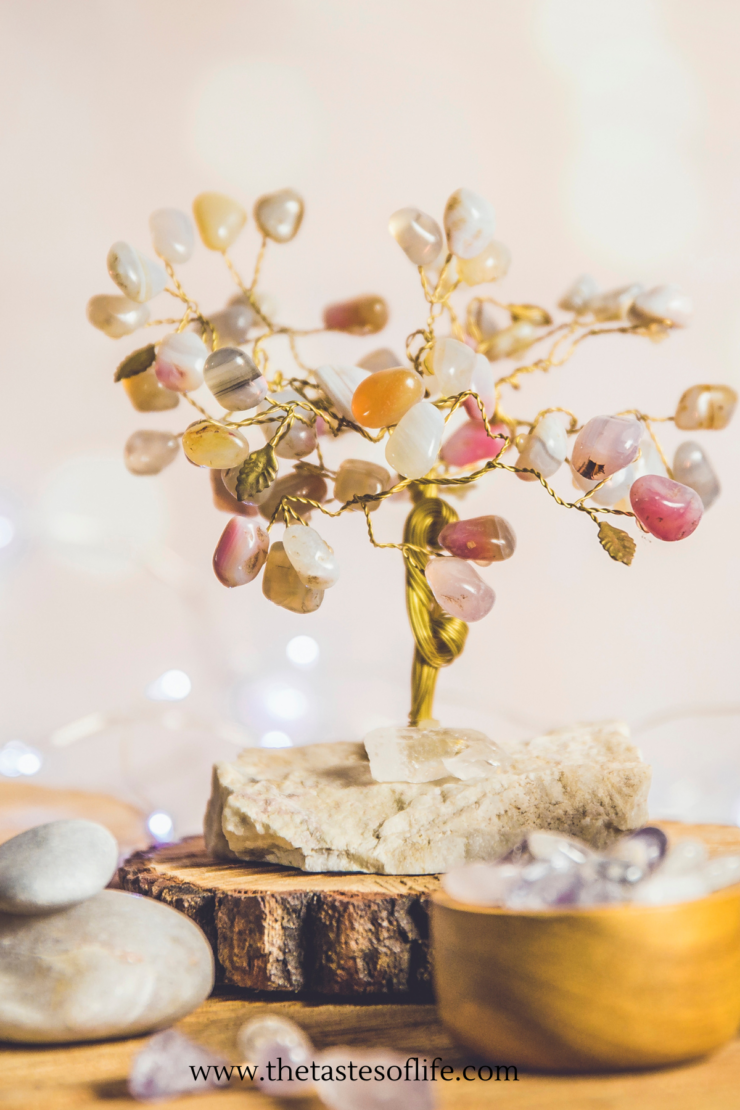
Foster Positive Energy Flow:
- Embrace feng shui principles to enhance energy flow and balance within your home.
- Arrange furniture to facilitate smooth movement and ensure clutter-free pathways.
- Use mirrors strategically to reflect light and expand space while avoiding placement facing doorways or beds.
Practice Regular Maintenance:
- Establish a routine for ongoing maintenance tasks to keep your home clean and organized.
- Schedule deep cleaning sessions periodically to address hidden dirt and grime.
- Stay vigilant against potential sources of pollution, such as mold and mildew, and address them promptly.
Reduce Plastic Use:
- Plastic products often contain harmful chemicals like BPA and phthalates, so minimize exposure by replacing plastic with safer materials like glass and stainless steel.
- Limit the use of plastic containers for heating or storing food and opt for reusable alternatives for drinking water.
Upgrade Your Mattress:
- Mattresses can contain various toxic chemicals, including VOCs, flame retardants, and PVC.
- Choose mattresses made from safer materials like plant-based latex, cotton, and wool, and look for products bearing the EWG VERIFIED mark to ensure safety and transparency.
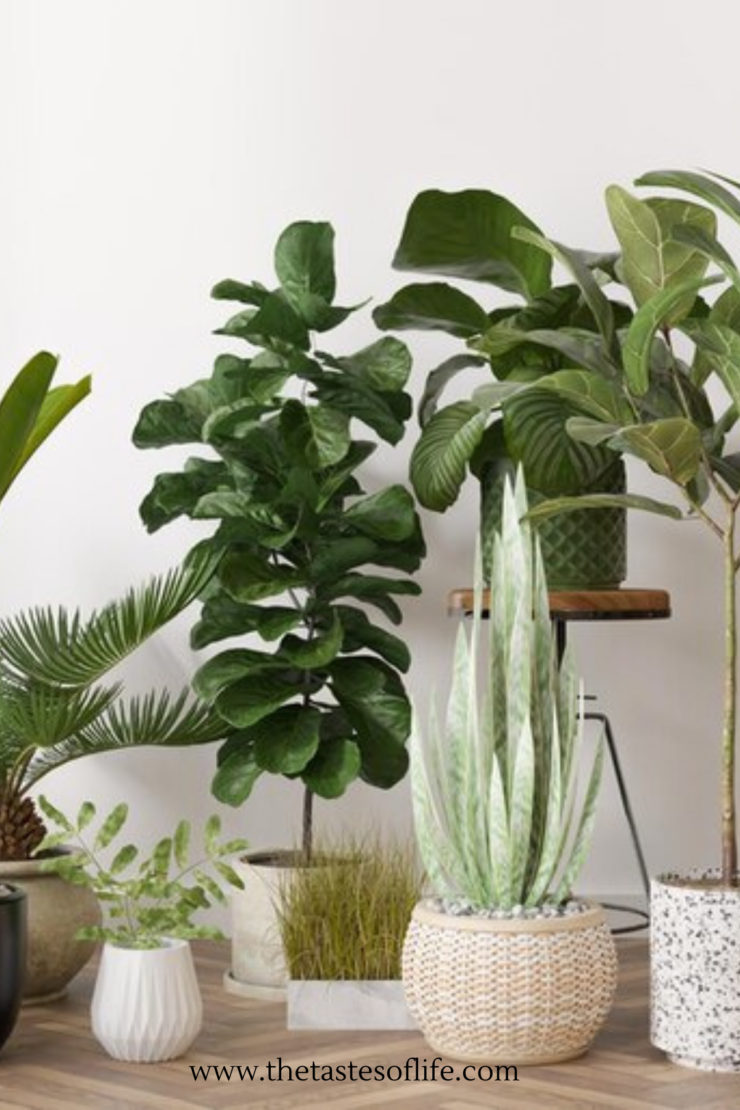
Green House Plants Are Your Friend
Yes, green plants can help with house detox in several ways. Here are some ways in which they contribute to creating a cleaner and healthier indoor environment:
- Air Purification: Certain houseplants are known for filtering out common indoor air pollutants such as formaldehyde, benzene, and xylene. Plants like spider plants, peace lilies, snake plants, and pothos can help improve indoor air quality by absorbing these harmful chemicals through their leaves and roots.
- Humidity Regulation: Plants release moisture through transpiration, which can help regulate humidity levels indoors. Maintaining optimal humidity levels can prevent the growth of mold and mildew, which thrive in damp environments and contribute to indoor air pollution.
- Oxygen Production: Through photosynthesis, plants absorb carbon dioxide and release oxygen, effectively increasing oxygen levels in the indoor environment. This can create a fresher, more invigorating atmosphere, promoting overall well-being and productivity.
- Stress Reduction: Studies have shown that the presence of indoor plants can have a calming effect on individuals, reducing stress levels and promoting relaxation. Being surrounded by greenery can create a more serene and peaceful living space conducive to mental and emotional health.
Get Rid of Dryer Sheets
Dryer sheets are a big no-no. They are toxic to our body and getting rode of them can be beneficial for several reasons:
- Chemical Exposure: Dryer sheets often contain chemicals such as fragrance, which can emit volatile organic compounds (VOCs) when heated in the dryer. These VOCs may contribute to indoor air pollution and can cause respiratory irritation or trigger allergic reactions in sensitive individuals.
- Environmental Impact: Many dryer sheets are made from non-biodegradable materials and contain synthetic chemicals that can harm the environment when disposed of improperly. You reduce your contribution to environmental pollution and waste by eliminating dryer sheets.
- Fabric Residue: Dryer sheets leave behind a thin coating on fabrics, which can build up over time and affect the absorbency and breathability of clothing and linens. This residue may also cause irritation for those with sensitive skin or allergies.
- Fire Hazard: Dryer sheets are flammable and can pose a fire hazard if they come into contact with heat sources in the dryer. Eliminating dryer sheets reduces the risk of accidental fires in the laundry room.
- Alternative Solutions: There are alternative methods for achieving soft, static-free laundry without dryer sheets. Wool dryer balls, for example, can help reduce static cling and shorten drying times while being reusable and chemical-free. Additionally, adding a half cup of white vinegar to the rinse cycle can help soften fabrics and eliminate odors naturally.
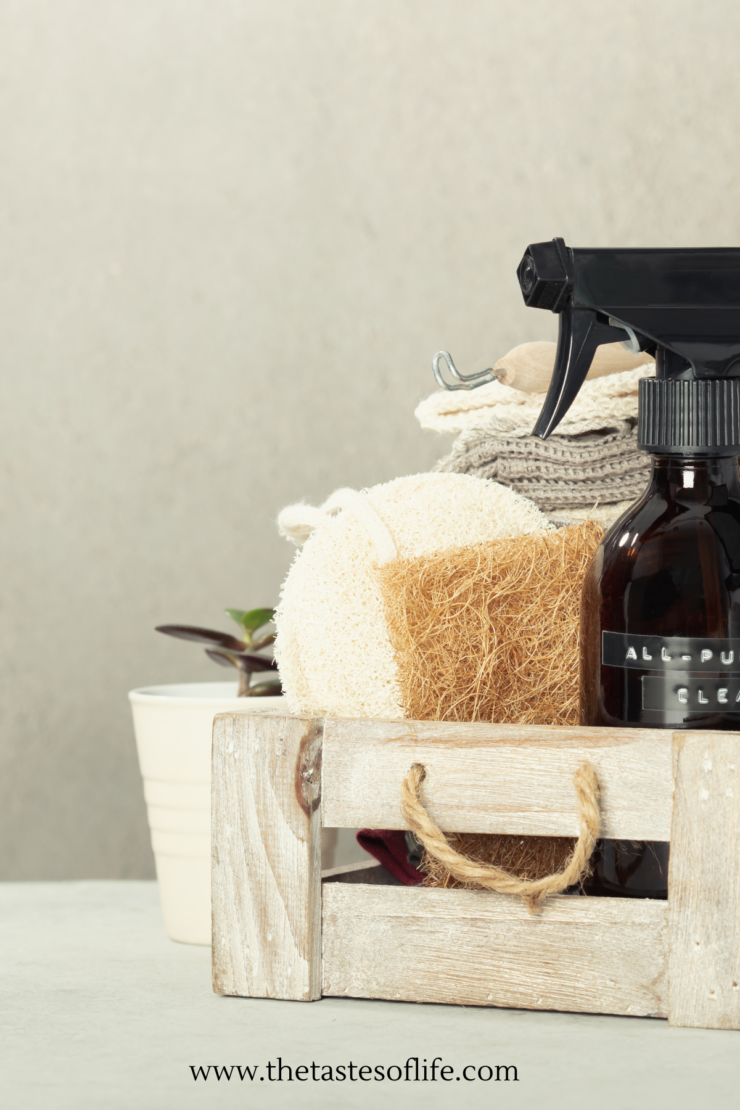
Eco-Friendly Ingredients For Cleaning
- White Vinegar: White vinegar is a versatile natural cleaner that effectively cuts through grease, removes mineral deposits, and disinfects surfaces. It’s great for cleaning glass, countertops, and stainless steel appliances. Dilute vinegar with water for general cleaning or use it full strength for tougher stains.
- Baking Soda: Baking soda is a gentle abrasive that can help remove stubborn dirt and odors. It’s excellent for cleaning sinks, tubs, and tile grout. You can also use it to freshen carpets and upholstery by sprinkling it on, letting it sit for a while, and then vacuuming it up.
- Lemon: Lemon juice is acidic and has natural antibacterial properties, making it an effective cleaner and deodorizer. Use it to remove stains, sanitize cutting boards, and freshen garbage disposals. You can also combine lemon juice with vinegar or baking soda for added cleaning power.
- Castile Soap: Castile soap is a gentle, plant-based soap that can be used for various cleaning tasks. It’s safe for most surfaces and especially effective for washing dishes, floors, and even laundry. Look for unscented or naturally scented varieties to avoid artificial fragrances.
- Essential Oils: Essential oils not only add a pleasant scent to your cleaning products but also have antimicrobial properties that can enhance their effectiveness. Tea tree oil, lavender oil, and eucalyptus oil are popular choices for natural cleaning due to their disinfecting properties. Add a few drops to your homemade cleaners or mix them with water in a spray bottle for an all-purpose disinfectant.
- Hydrogen Peroxide: Hydrogen peroxide is a natural disinfectant that can kill bacteria, viruses, and mold spores. Use it to disinfect kitchen surfaces, cutting boards, and bathroom fixtures. You can also add it to laundry to brighten whites and remove stains.
- Microfiber Cloths: Microfiber cloths are reusable, absorbent, and effective at trapping dirt and dust without the need for chemical cleaners. Use them dampened with water or vinegar for general cleaning tasks or dry for dusting and polishing surfaces.
- Eco-Friendly Cleaning Products and Natural Cleaners: You can find them online or in health food stores.

DIY Floor Cleaner Using Natural Ingredients
Ingredients:
- 1/2 cup white vinegar
- 1 gallon warm water
- 10-15 drops of essential oil (optional for fragrance and additional cleaning power)
Instructions:
- In a bucket or large container, combine the white vinegar and warm water. The vinegar will help disinfect and clean the floors, while the warm water will help dissolve dirt and grime.
- If desired, add 10-15 drops of your favorite essential oil to the mixture. Essential oils like lavender, tea tree, or lemon not only add a pleasant scent but also have antimicrobial properties that can enhance the cleaning power of the solution.
- Stir the mixture well to ensure that the vinegar is evenly distributed throughout the water.
- Use the DIY floor cleaner to mop your floors as usual. Dip a mop or cloth into the solution, wring out any excess liquid, and then mop the floors in sections, working your way across the room. Be sure to wring out the mop or cloth regularly to avoid leaving excess moisture on the floors.
- Allow the floors to air dry completely before walking on them again. The vinegar smell will dissipate as the floors dry, leaving behind clean and refreshed surfaces.
This DIY floor cleaner is safe to use on most types of flooring, including tile, linoleum, laminate, and hardwood (as long as it’s properly sealed). Plus, it’s free of harsh chemicals, making it safe for you, your family, and the environment.
DIY All-Purpose Cleaner Using Natural Ingredients
Ingredients:
- 1 cup distilled water
- 1 cup white vinegar
- 2 tablespoons baking soda
- 10-15 drops of essential oil (optional for fragrance and additional cleaning power)
Instructions:
- In a spray bottle, combine the distilled water and white vinegar. The vinegar will help disinfect and clean surfaces, while the water will dilute the solution and make it safe for use on various surfaces.
- Add the baking soda to the mixture. Baking soda acts as a gentle abrasive and helps to remove stubborn stains and grime.
- If desired, add 10-15 drops of your favorite essential oil to the mixture. Essential oils like lavender, tea tree, or lemon not only add a pleasant scent but also have antimicrobial properties that can enhance the cleaning power of the solution.
- Secure the spray bottle cap tightly and shake the bottle well to mix all the ingredients thoroughly.
- To use, simply spray the DIY all-purpose cleaner onto the surface you wish to clean and wipe away with a clean cloth or sponge. For tougher stains or grime, you can let the cleaner sit for a few minutes before wiping.
- Repeat as needed until the surface is clean and shiny. Avoid using on surfaces that may be sensitive to acidic solutions, such as marble or granite countertops.
Detoxing your home is a transformative journey that can rejuvenate your living space and well-being and support good health. By adopting mindful practices and making conscious choices, you can create a sanctuary that nurtures your body, mind, and spirit. Start today and experience the refreshing benefits of a detoxed home.
Check out the Environmental Working Group for more information on things you use to clean the house.
More Recipes For Natural Cleaners
Say Goodbye To Harsh Chemicals: A Guide To Making Your Own Non-Toxic Cleaning Supplies At Home
How to Create a Non-Toxic Kitchen
Yum


